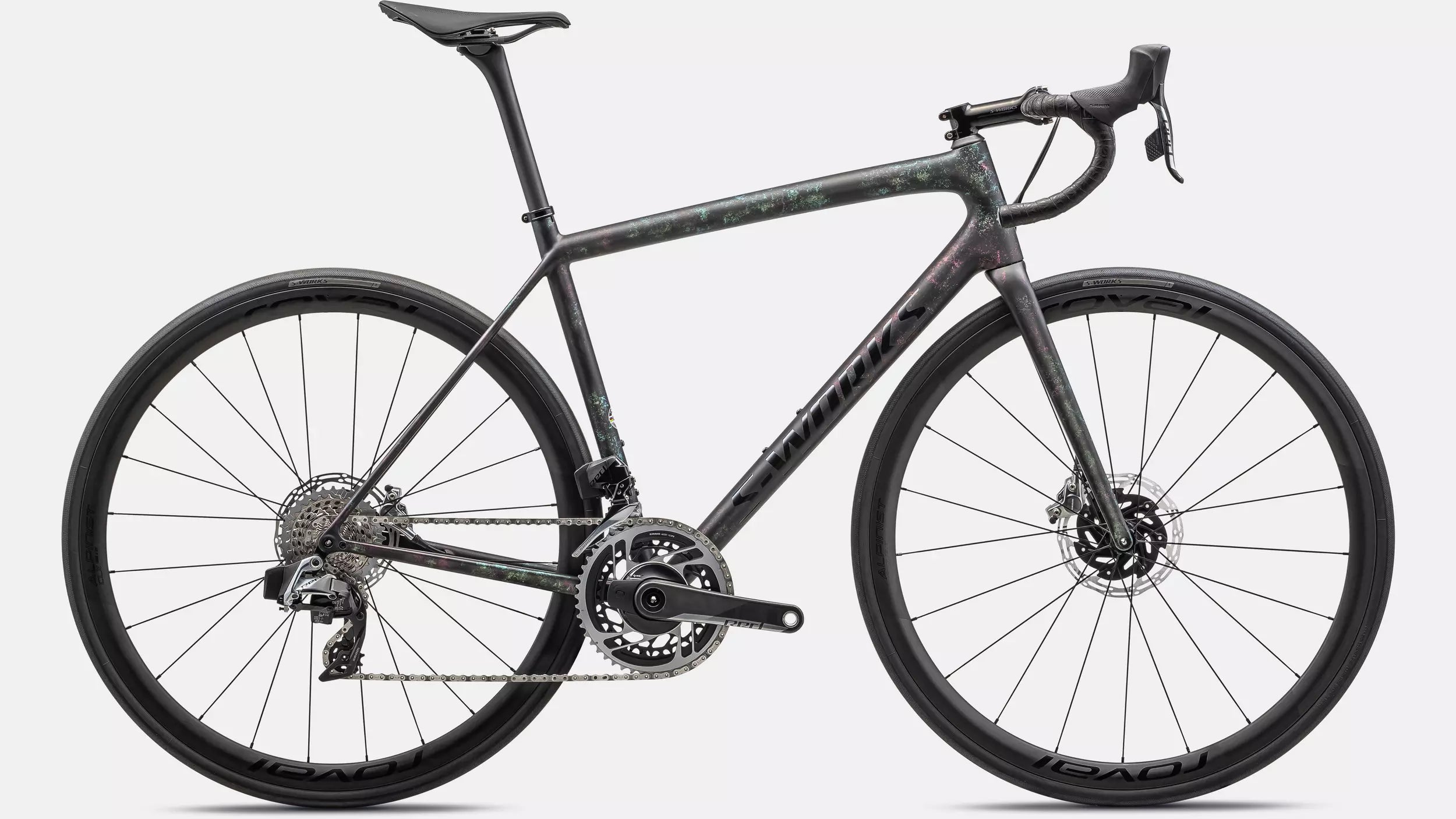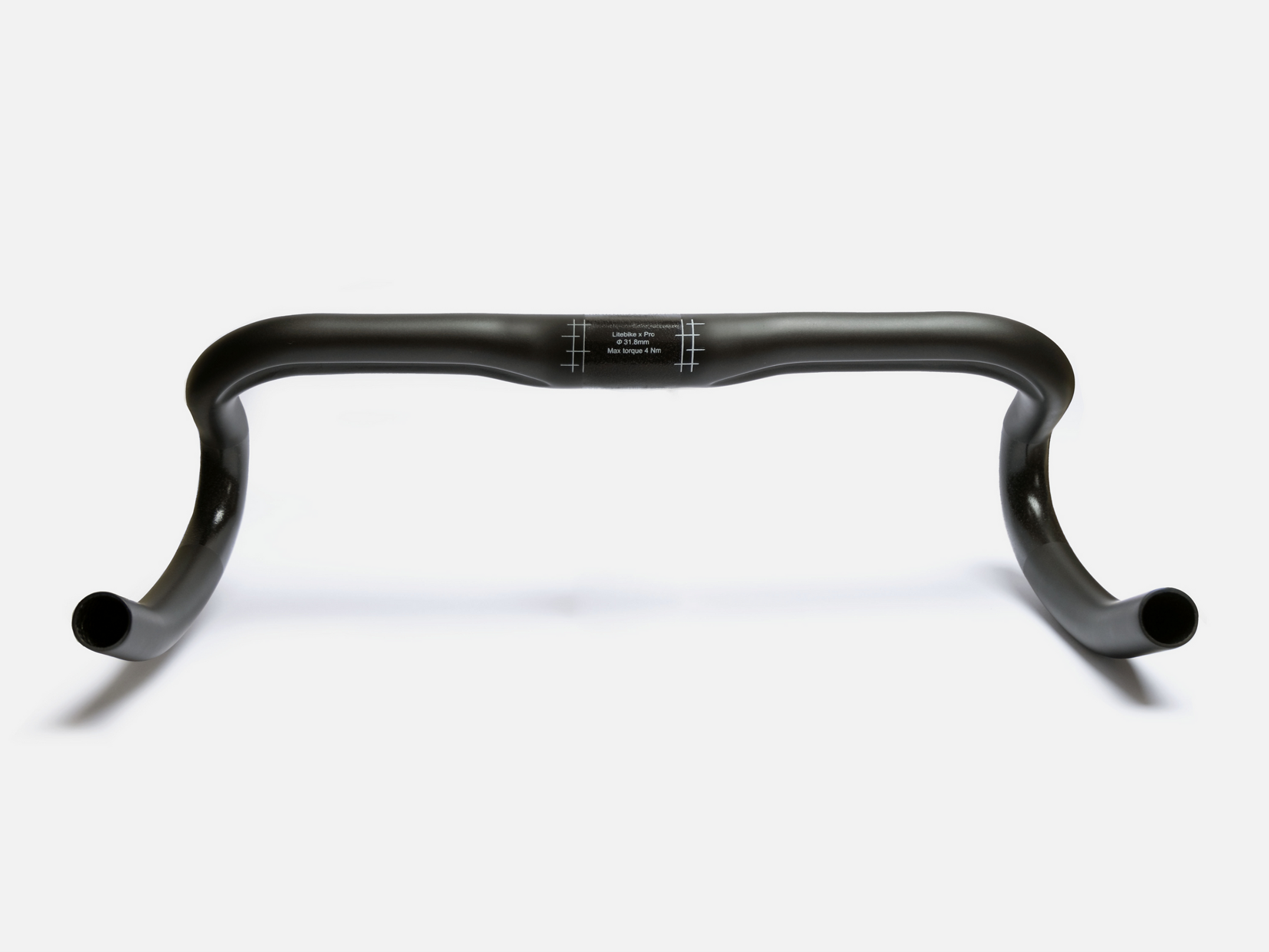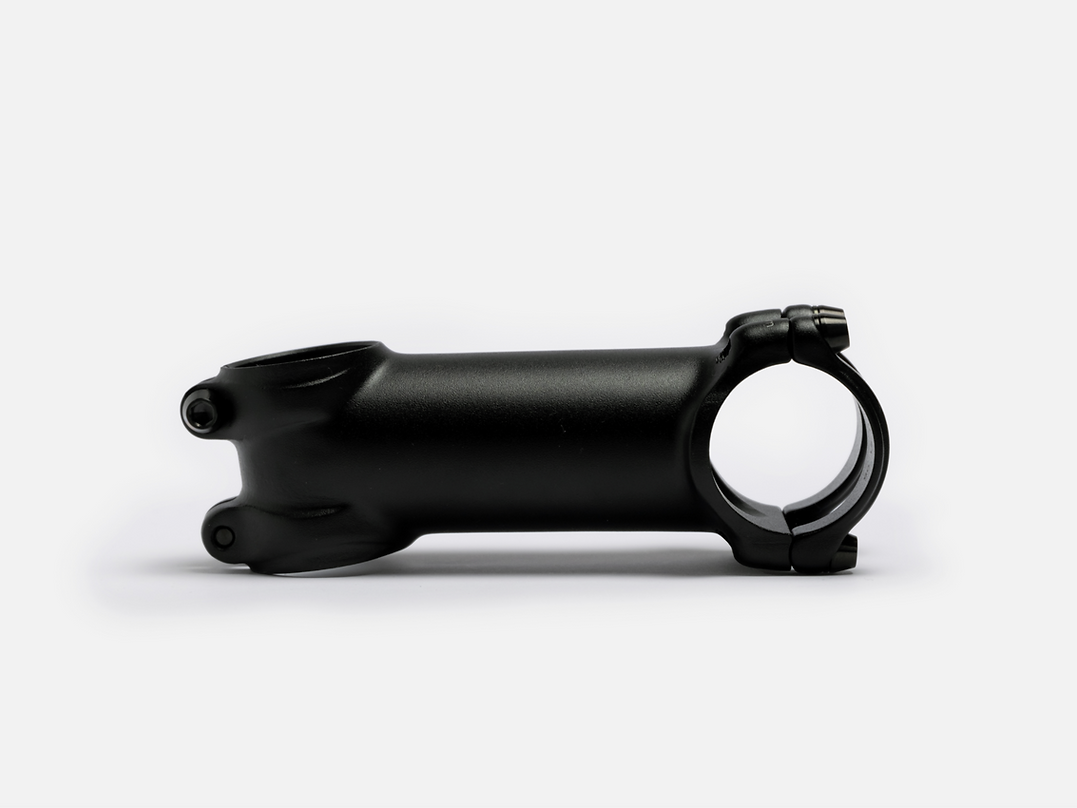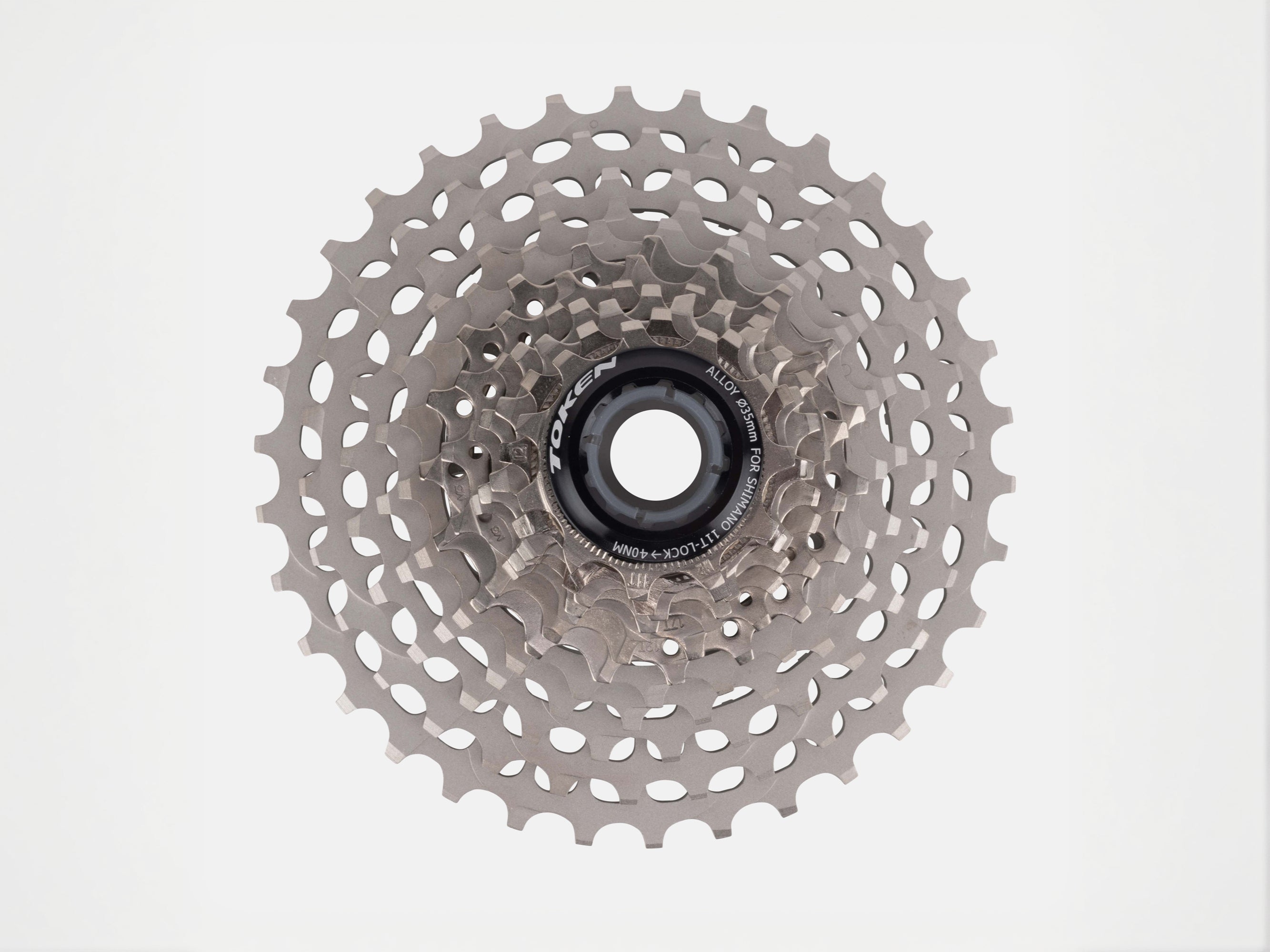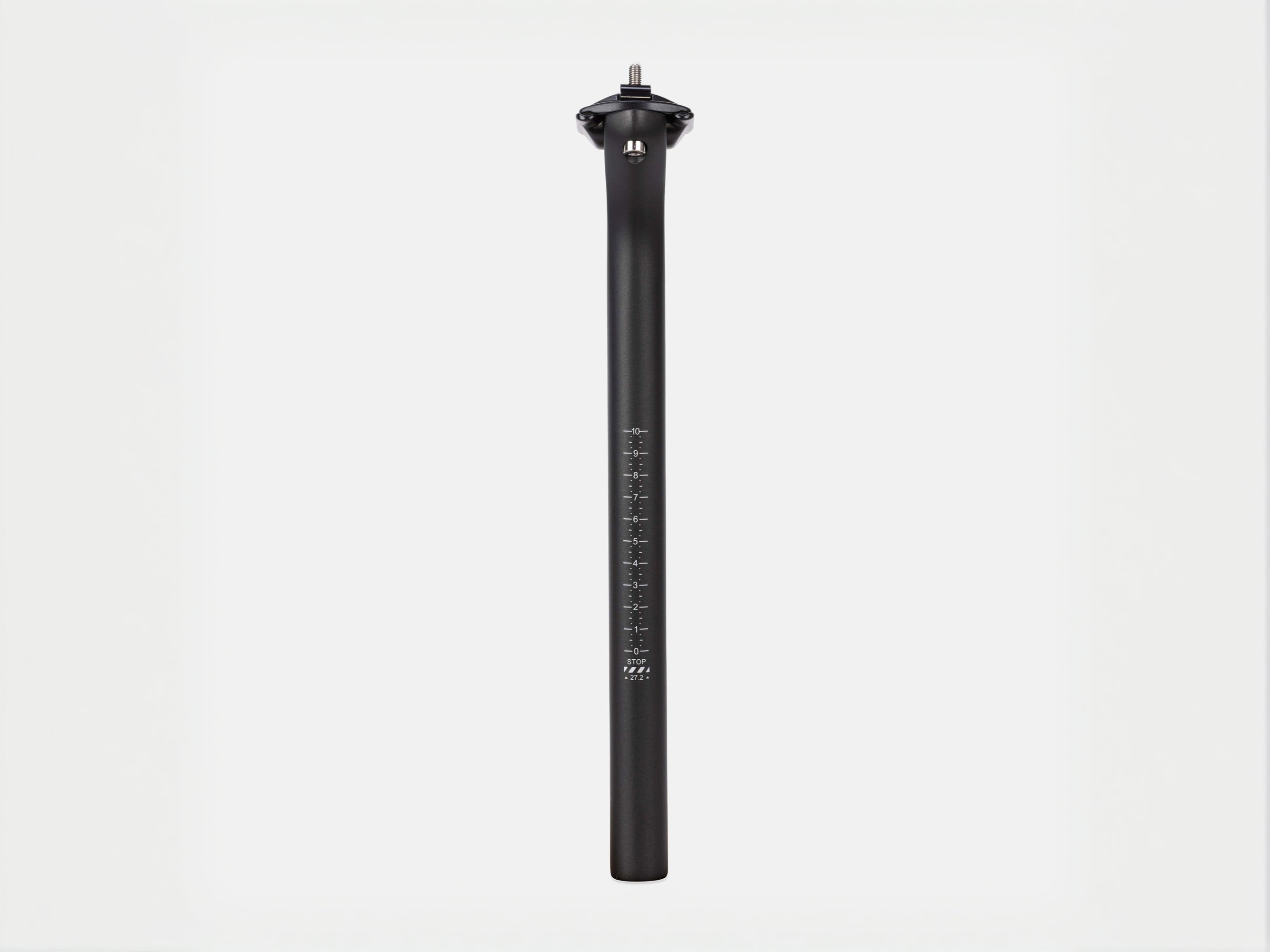Over the past few months we’ve been working to create a comfortable, super lightweight carbon handlebar for road cycling, gravel cycling and every-day commuting. Ergonomic and indisputably lightweight.
Carbon handlebars are more comfortable because carbon fibre absorbs road vibrations that cause fatigue, especially over long distances. This is known as “viscoelastic behaviour” where the carbon fibre deforms and recovers under the influence of vibrations, generating heat that dissipates the vibration energy.
Our manufacturing process starts with design using computer-aided software. We wanted a carbon handlebar that was optimised for being both ergonomic and lightweight. While we will not settle the round v aero debate here, we chose a round design which offers more comfort over longer distances. Strength, stiffness and an overall lightweight product are achieved by choosing a high-grade carbon fibre where the layers are tightly packed. Carbon handlebars do much better at sucking up road buzz compared to alloy ones.
Sheets of carbon fibre - which are pre-impregnated with Epoxy Resin - are cut and laid into a 3D printed mould. For optimal curing the mould is vacuum sealed to remove air pockets and ensure uniform pressure distribution. Precision at this point is critical to getting a lightweight handlebar, as it relies on every piece of carbon fibre being cut and layered correctly.
Curing involves applying heat and pressure to the mould, allowing the Epoxy Resin to bond the carbon fibre layers. Once curing is complete, the carbon handlebars are removed from the mould, sanded and then polished to create a smooth finish.
We put the Litebike x Pro through a series of rigorous tests. This included what we call ‘destructive testing’ which tests the strength of the bars by seeing what force is required to break them. But most importantly, we believe that the true test is how the handlebars perform over thousands of miles in the real world.

